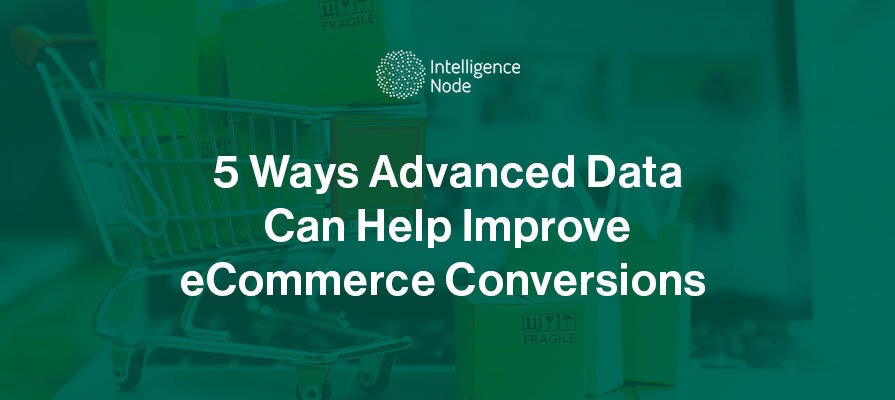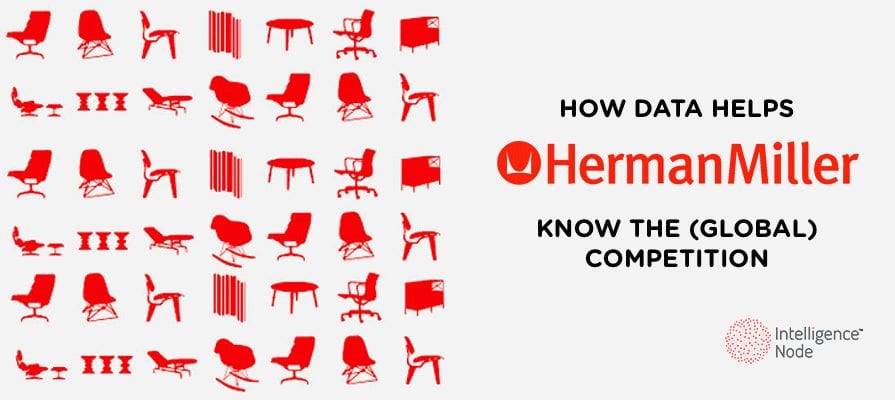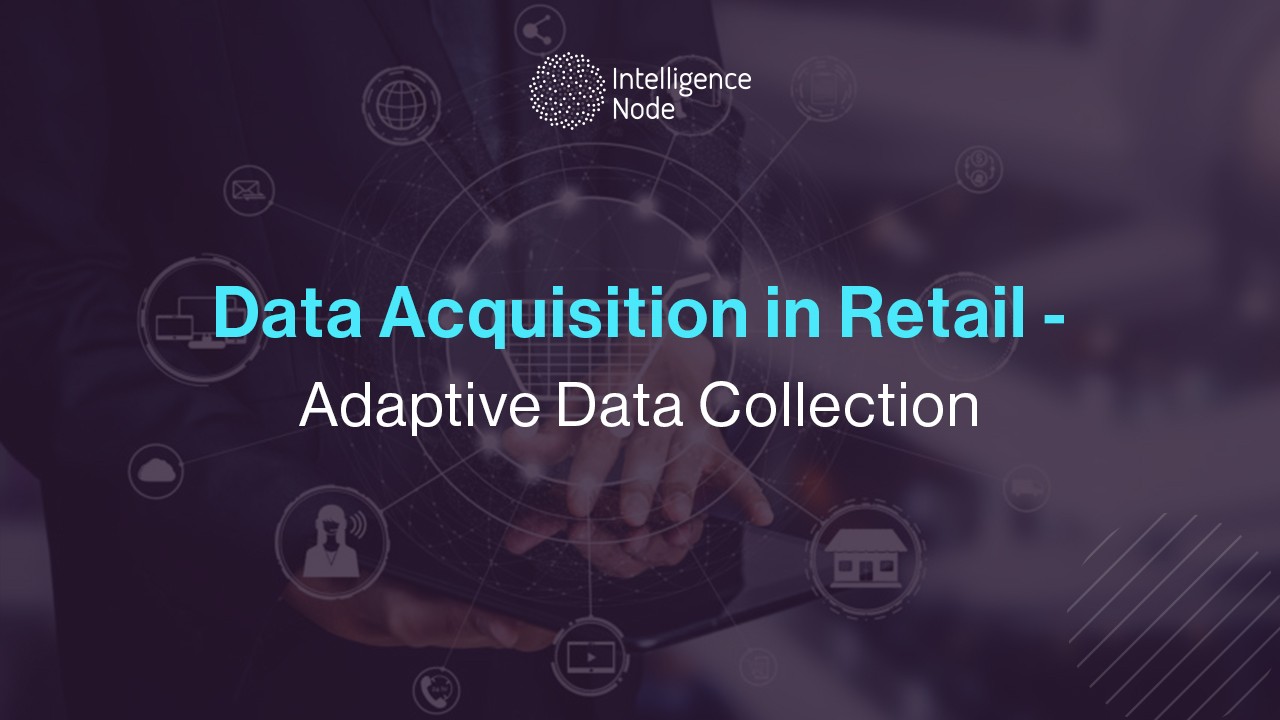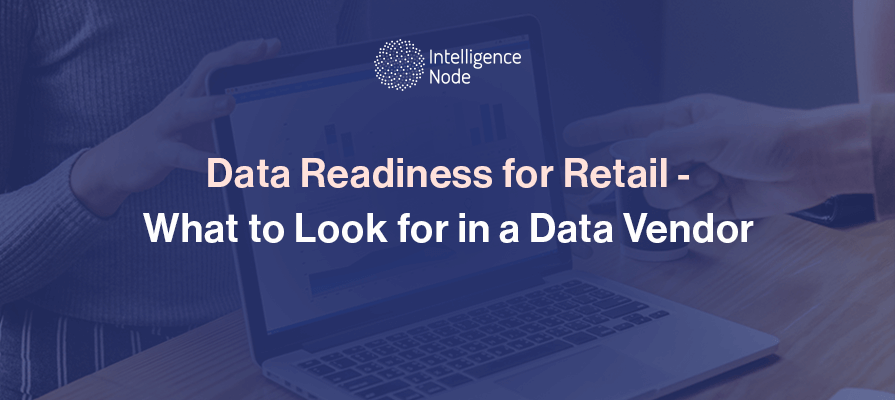Data is the new gold!
Gone are the days when you had a small store on the corner of a street where all the customers in the neighborhood came to do their shopping. You knew each and every one of them. You had personal relationships with them, knew their likes and dislikes, their preferences, and accordingly made discount and promotional offers to them they couldn’t refuse.
But today, you are selling to customers across the globe, either through your own website or through resellers on online marketplaces. It’s not humanly possible for you to know your customers personally. Furthermore, there are thousands of other websites and retailers selling similar products at competitive prices making the quest to acquire a customer even harder. How can you convert online shoppers to loyal customers? How do you ensure they keep coming back to you and become high value customers? The answer lies in DATA.
In 2020 alone, over 2 billion people purchased goods or services online, globally. Although you cannot know your customers personally anymore, personalization is a feature that every shopper wants even today. It makes them feel valued and is a sure shot way to ensure they remain loyal to you. And that’s where data helps. With the right customer data you know your customers well enough to offer personalized promotions that they actually want to avail. And with the right competitive data you can get ahead of your competitors by offering prices and promotions that match or even beat your competitors.
When you have access to the right data and have means to utilize this advanced retail data to your advantage, you have already come half way through winning your shoppers. Accessing this data can open a window of opportunity that once seemed beyond your grasp. With the right data at your fingertips, from consumer data, competitor data, to market data, your decisions are no more based on guesswork or assumptions. They are backed by numbers, analyses, and statistics and are immune to manual errors or preconceptions.
Let’s look at how brands and retailers can leverage advanced data to create winning eCommerce strategies across different retail functions:
- Offer competitive pricing & promotions
Today’s customers are highly demanding, informed, and price sensitive. They look at multiple options online before making a purchase decision. Infact, according to an Intelligence Node survey, 94% of shoppers compare prices at least sometimes before making a purchase online. This behavior has made it crucial for retailers and brands alike to price their products competitively. And to do that, retailers need data. Data into competitor price movements, promotional offers, discounts, and more. Once you have an insight into the competitive landscape, you can optimize your prices in line with the competitors, take advantage of stock-outs at competitive websites, and offer discounts or increase prices depending on demand patterns and market trends. A smart pricing solution helps you make these pricing decisions by offering price recommendations based on historic and current competitive retail data and ensure you win customers without compromising on your margins.

- Curate winning assortments and optimize inventory
While competitive prices help you drive conversions, that is only possible if you have the right assortment mix that your consumers actually want to buy. You need to ensure you are stocking the right products and are not running out of inventory when your products are in high demand. To optimize your assortments and inventory, data again plays a key role. With demand forecasting and consumer buying patterns, you can predict demand and accordingly optimize inventory levels to ensure you don’t over stock or under stock products but maintain an optimum level of inventory at all times.
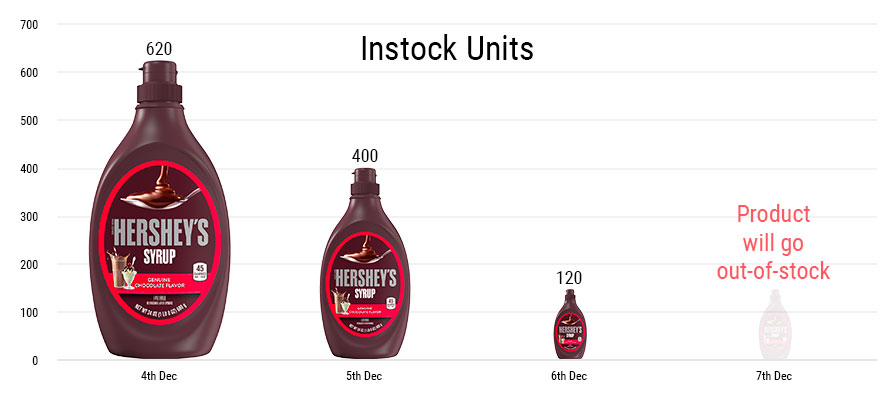
- Improve online visibility and share of digital shelf
When it comes to selling products online, the more visible you are to your shoppers, the more sales you generate. Infact, 75% of Internet users never scroll past the first page of search results. These numbers put into perspective the importance of ranking high on search results or digital shelves for your products to be noticed, clicked on, and then purchased.
To rank high and improve visibility online, brands and retailers need to optimize their listings, improve their product copies, add the right keywords to their descriptions and optimize images regularly. Apart from these factors, having your products in stock, positive consumer reviews, and competitive prices all affect your rankings. A smart, AI-driven data analytics solution covers you on all these fronts. To start of with, ask yourself these questions – do I have access to daily data that shows me if my products are in-stock or if my inventory count is running low for a certain product? Do I have the means to know if my product descriptions are accurate and optimized with the right keywords? If the answer is ‘no’, you might be missing out on the rankings and hence conversions from these digital shelves.
From measuring visibility on search engines and websites to tracking the share of digital shelves for specific keywords, it can analyze where you rank on search engines and which keywords to give more weightage to. Furthermore, it can track product attributes, product descriptions and images, and allocate a product improvement score with suggestions for optimizing your product listings, to help you improve your online visibility and rankings.
- Offer personalized deals to your valued customers
In a highly saturated eCommerce environment a better product or lower prices alone are not going to cut it. Consumers expect brands to go a step further in delivering a better and a more personalized experience. And for personalization, you need data! What is your customer buying? Where is she buying from? What time of the day does she buy at? What offers does she avail?
Having your own eCommerce website gives you easy access to all of this buyer data. And if you are selling on third party websites, collaborating with your retail partners and marketplaces can get you this data as well. Once you have this consumer information, with the right analytical tools, you will be able to curate personalized deals, product bundles, and discounts for your high-value, repeat customers that will make them feel valued and ensure their loyalty to your brand – as, one high-value shopper can generate around 12 times more value than a low-value shopper.
- Protect your brand and margins with MAP monitoring
With the accelerated growth in eCommerce, there has been a spike in MAP violations and unauthorized sellers. As brands today sell through hundreds of resellers on multiple marketplaces and online websites, they are finding it increasingly difficult to enforce their MAP policies and take corrective action against violators. Without ample push back from brands and regulatory bodies on marketplaces, counterfeits are flooding the markets and resellers are offering deep discounts on substandard goods leading to unhappy customers, loss of margins and brand value for brands, and unsatisfied retail partners.
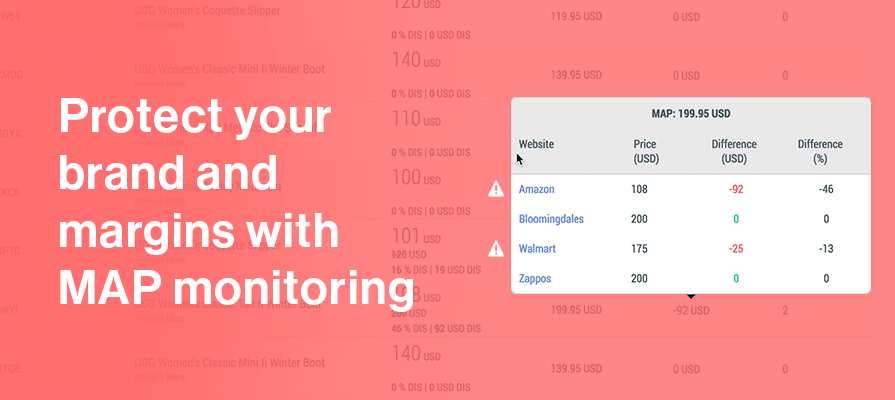
Brands can take matters into their own hands with sophisticated MAP solutions that track retailer data across multiple platforms and identify price violations and unauthorized seller activities around the globe in real-time.
The Future of Retail Is Data-Driven
While many brands and retailers were coaxed into going digital during the pandemic, this transition to eCommerce is here to stay. As retailers get comfortable selling online and find ways to grow market share and profitability, they will need to leverage advanced data analytics to thrive amidst fierce competition and future-proof their retail businesses.

